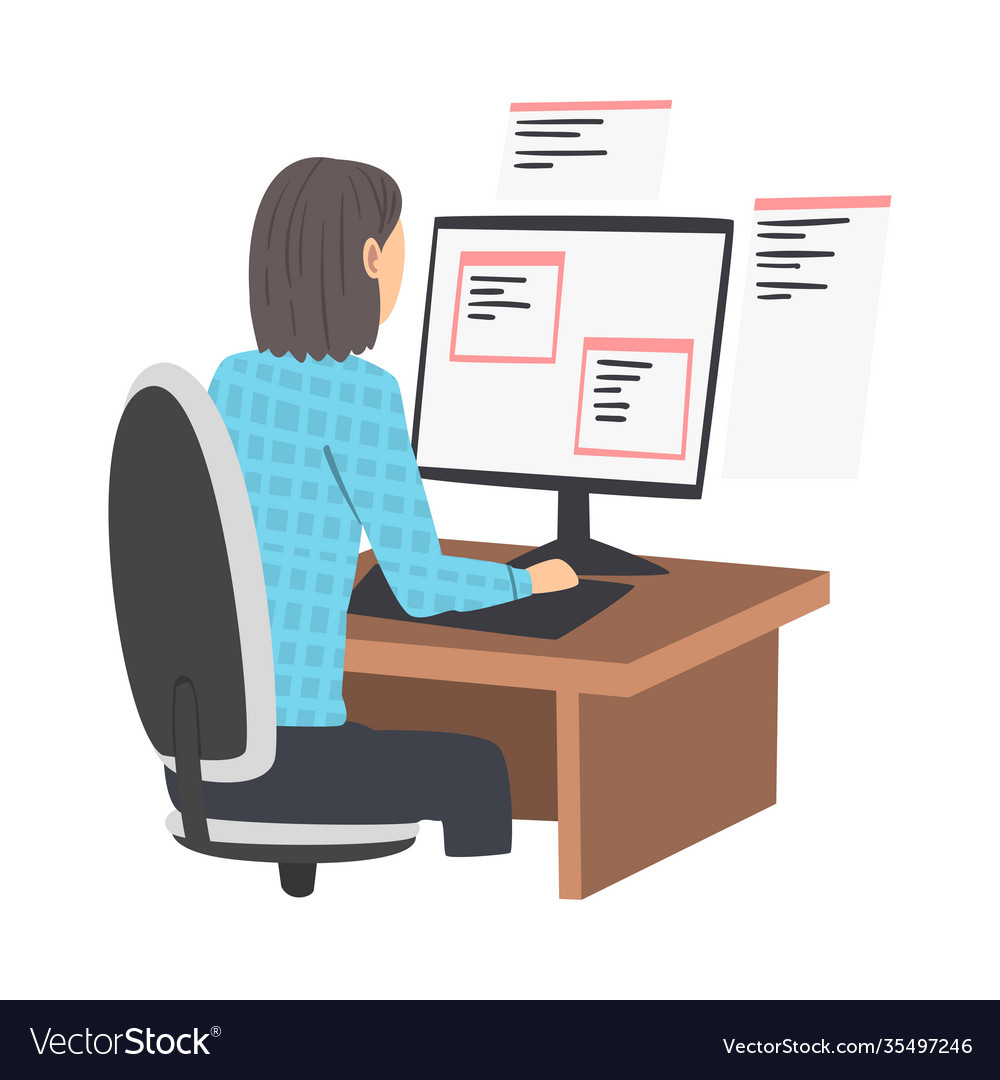Finding the Ideal Software Development Partner for Innovative Solutions
Finding the Ideal Software Development Partner for Innovative Solutions
Blog Article
Devoted Developers vs. In-House Teams: Which Is Right for You?
The decision between utilizing devoted programmers and preserving an in-house team is a considerable one that can influence the trajectory of your tasks and general business strategy. Devoted programmers provide a level of flexibility and specific competence that can be beneficial for specific, temporary efforts. Alternatively, in-house groups add to a natural business society and a nuanced understanding of lasting objectives. By checking out crucial elements such as spending plan, task scope, and desired control, you can better establish which technique lines up with your business needs. The effects of this choice extend past prompt outcomes-- take into consideration the broader influence on your organization landscape.
Recognizing Dedicated Designers
The expanding need for specialized skills in the tech industry has brought about the appearance of specialized programmers as a feasible option for lots of companies. These professionals are generally acquired on a project basis, permitting business to utilize certain competence without the lasting dedication connected with full-time hires. Devoted developers are frequently ingrained within a client's team, giving versatility and scalability to fulfill job needs.
This model allows organizations to access a global ability pool, which is particularly beneficial in a rapidly developing technical landscape. Committed programmers can be sourced from different geographical locations, guaranteeing that firms can locate the right ability at competitive rates. They frequently bring a riches of experience and understanding, having worked with diverse tasks throughout different markets.
Moreover, committed programmers can concentrate specifically on the jobs handy, enhancing performance and effectiveness. They are outfitted to incorporate perfectly right into existing workflows, collaborating carefully with internal groups to attain project goals. This technique not just minimizes the worry of recruitment and training however also allows companies to stay agile, adjusting rapidly to transforming market needs and technological innovations.
Benefits of In-House Teams

Additionally, in-house groups have a tendency to have a deeper understanding of the firm's objective, values, and goals. This positioning can enhance employee involvement and inspiration, as employee feel more attached to their work and the company's success. Additionally, having a committed in-house group permits better placement of purposes and strategies, as these members are continually concentrated on the firm's concerns.
In-house teams also promote quicker decision-making procedures, as they can react extra rapidly to difficulties and adjustments. The well-known relationships and experience with firm methods permit streamlined workflows and decreased miscommunication. Eventually, the combination of a natural culture, placement with organizational goals, and reliable communication makes internal groups an important asset for numerous organizations, particularly those seeking to grow lasting growth and advancement.
Price Factors To Consider
When evaluating cost considerations, both internal teams and dedicated developers existing distinct economic ramifications for organizations. Engaging committed developers usually involves a pay-per-project or per hour rate version, which can be economical for companies with rising and fall project needs. This approach permits adaptability in scaling sources up or down, ensuring that business only pay for the services they require.
On the other hand, internal teams require repaired expenses, consisting of wages, benefits, and overhead costs such as workplace and tools. While this model offers better control and immediate availability of resources, it might cause greater long-term expenses, a fantastic read particularly if the work does not justify a full time personnel.
Additionally, firms need to take into consideration the hidden prices connected with employment and training of in-house workers, which can additionally strain budgets. In some instances, the moment and resources invested on handling an internal group can diminish the company's core business goals.

Project Administration and Adaptability
Job administration and adaptability are vital aspects that affect the selection in between in-house teams and specialized designers. Devoted designers normally offer a high degree of versatility, permitting companies to range sources up or down based upon job demands. This agility can be specifically advantageous for businesses experiencing varying workloads or those looking for to introduce quickly. Devoted teams commonly have developed procedures for taking care of tasks properly, leveraging certain approaches like Agile or Scrum, which help with repetitive progress and flexibility.

Eventually, the selection between in-house teams and dedicated developers hinges on the desired degree of versatility and the specific project management needs. Business need to review their operational dynamics, task complexity, and source schedule to figure out which option straightens finest with their tactical objectives.
Making the Right Selection
Choosing the right development strategy-- specialized programmers or internal teams-- calls for a cautious analysis of numerous elements that own online store align with a business's tactical goals. Alternatively, internal teams can offer much better connection and integration with existing workers.
Following, assess your budget plan. Devoted developers frequently present an affordable option for temporary tasks, while in-house teams may incur greater lasting expenditures due to incomes, advantages, and overhead prices. Analyze the level of control and partnership preferred; internal teams generally promote stronger communication and alignment with firm society.
If prompt results are needed, devoted developers can be onboarded quickly, whereas building an in-house group takes time for employment and training. If constant growth is essential, investing in an internal group may produce better returns over time.
Final Thought
In conclusion, the decision in between dedicated designers and in-house groups hinges on job requirements and business goals. Alternatively, internal groups Go Here cultivate a cohesive society and much deeper placement with long-lasting goals.
The decision between using dedicated developers and preserving an internal team is a significant one that can affect the trajectory of your tasks and total organization approach.Task management and versatility are essential aspects that influence the option between internal teams and committed programmers. offshore software development.In comparison, internal groups may excel in maintaining a consistent project monitoring structure due to their knowledge with the organization's culture and lasting objectives. Committed programmers commonly provide an economical service for temporary tasks, while in-house groups might sustain higher lasting costs due to wages, benefits, and expenses expenses.In final thought, the decision in between devoted designers and internal groups pivots on task requirements and business purposes
Report this page